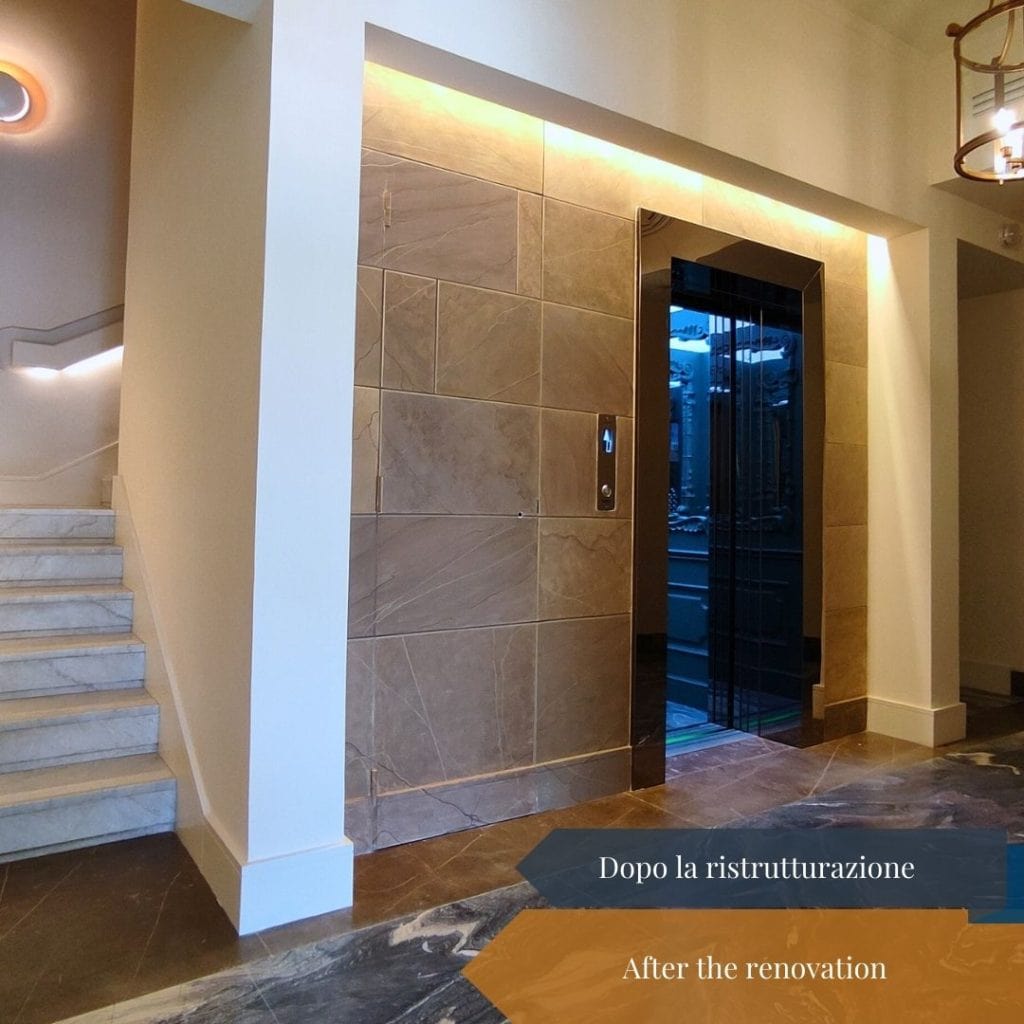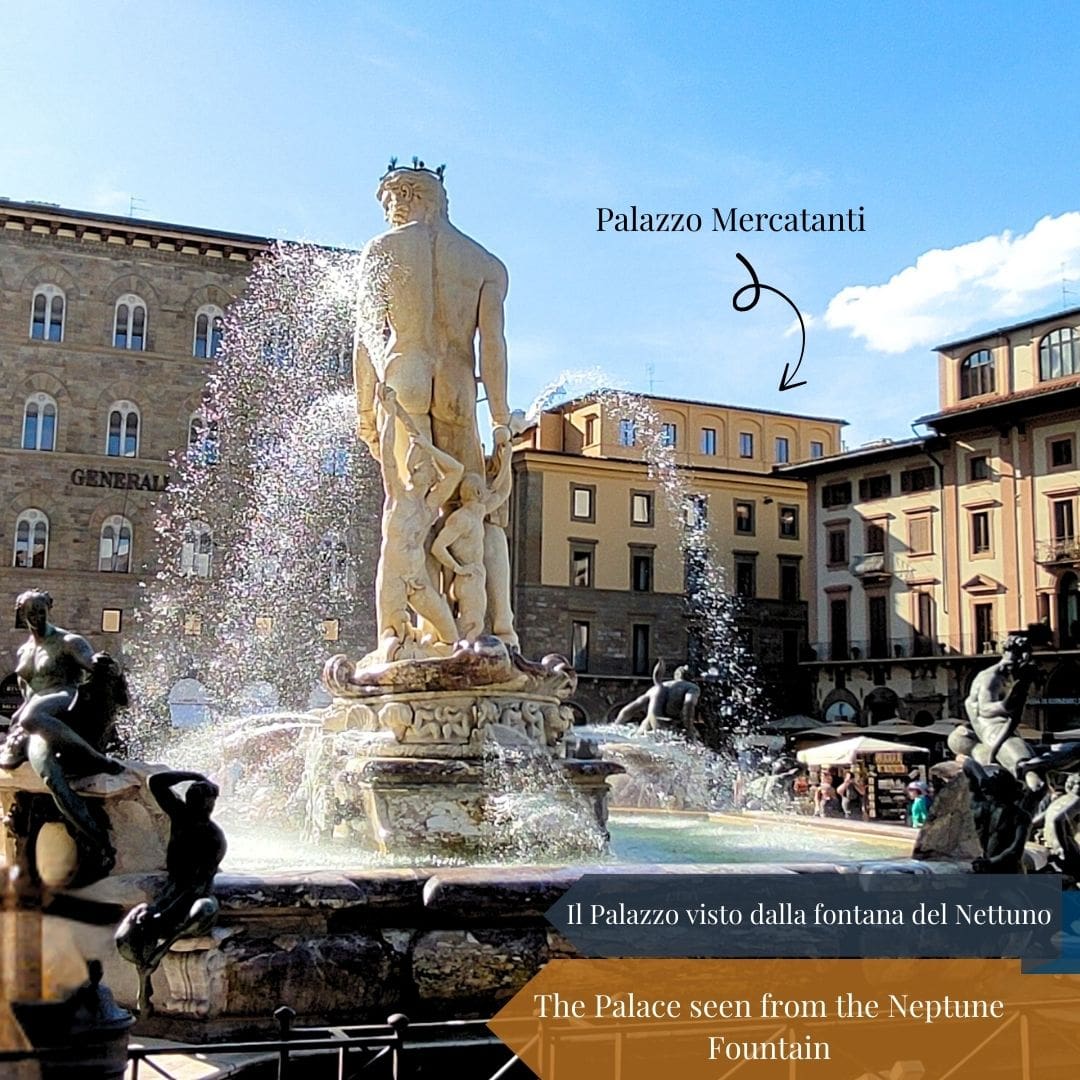Just steps from the Duomo, right in Piazza Signoria, stands the Palazzo dell’Arte dei Mercatanti (or Calimala).
The building was the headquarters of the city’s richest and most powerful guild, the Arte dei Mercatanti. In the Middle Ages, this palace was not only a place of trade and commerce, but also the nerve center of Florentine political and social life. The guild was synonymous with commerce, ambition, and innovation. The merchants, with their ingenuity and resourcefulness, helped shape the face of one of the most beautiful cities in the world.
The history and characteristics of the building:
The building, located on the corner of Via Porta Rossa, is known as the “Canto del Diamante” (diamond corner). Since the end of the 13th century, a spezieria (an ancient pharmacy) was located here, and it is said that Dante Alighieri himself was a frequent visitor. The palace extends to Via Calimaruzza, where you can still see the emblem of the Arte dei Mercatanti (or Calimala): an eagle holding a bundle of wool in its talons. The lilies in the background of the emblem, while reminiscent of Florence’s symbols, were actually a tribute to France, the main supplier of the fine cloths, known as panni francesi, that the guild traded.
The palace has undergone several modifications over the centuries. For example, the first-floor balcony was added in the mid-18th century. The building’s more recent history is when it was purchased by Reale Mutua Assicurazioni, which remained there until 2021. That year, a new company acquired the property and converted it into apartments for tourist rentals, some of which are now partially managed by Newtopique.
The Art of Merchants and its artistic and political influence
The Florentine guilds were secular associations founded to defend and pursue the common interests of a specific professional category.
They were divided into Major Guilds and Minor Guilds, depending on their social importance. The seven oldest and most significant guilds, the Major Guilds, were formed in the second half of the 12th century, starting with the first and most influential of all: the Calimala Guild. Each guild had its own identity, defined by statutes that regulated its operations and governing bodies.
The members of these guilds were the forerunners of modern entrepreneurs, with a dense network of trade relationships throughout Europe and North Africa. In addition to importing goods, they also brought new knowledge and artistic beauty to Florence. The affiliates of the Calimala Guild, in particular, purchased not only textiles but also precious goods like pearls, coral, gold, silver, and silk.
Are you ready to experience the history of Florence from the inside, staying in a palace that has witnessed centuries of grandeur?






